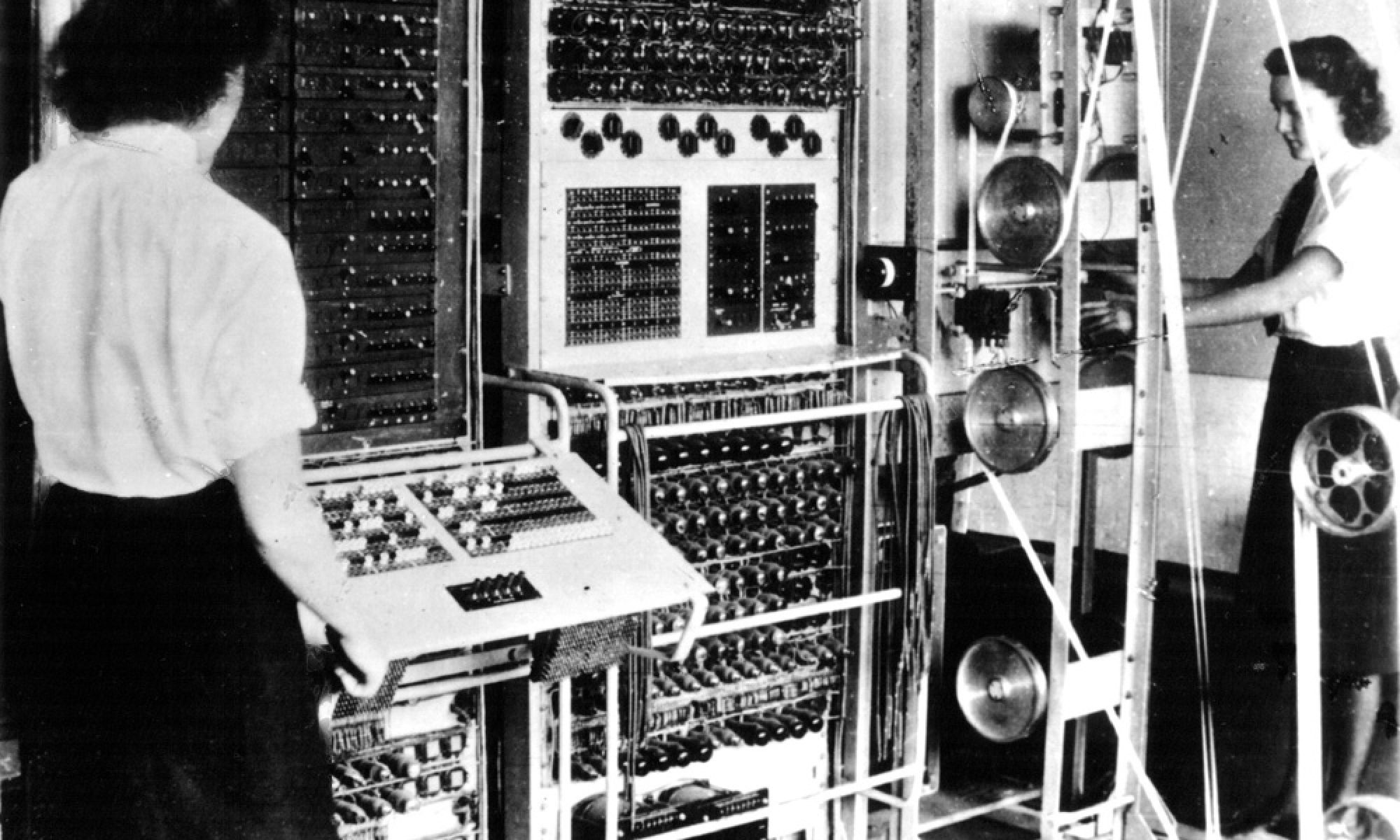Today, the crew met up at the Weinberg Memorial Library, to discuss our Clio Page and the research website. After weighing in our options, we concluded that providing a tour of Gunster Memorial Student Center, would best suit our research. Opened in 1960, the University’s student center was home to many campus theater productions and artistic events. Since this building was constructed at the start of our time line (1960’s), we figured that its features would reflect the style and treads of that time period. In 2008, Gunster was demolished and replaced with the DeNaples Center. The old building stood at the location of the Dionne Green. For further information about the former “Hub” of the campus check out our page on Clio! In addition, our research website now has a tab dedicated to our Clio findings. This page will include pictures and a brief summary on our topic (GMSC). Overall, we are making great progress and are on pace to meet our goals. Good luck to all the other fellow researchers! Have a great weekend!


 classmates and I were getting a greater concept of the passage, we still had our reservations about the authors. The classroom was outraged by the two’s unrealistically high expectations of our historical knowledge and education. I mean really! Who the heck is René Descartes? If you’re gonna write a book intended for students, at least give a little background! After tensions dyed down, the class broke apart into pairs and explored a Stanford University website, that created a mapping of The Republic Letters. Each couple of students were assigned a case study to analyze. Julia and I observed the movement and evolution of Salons. Dating back to the 17th and early 18th century, Salons were parties of high-class intellects that discussed their research and findings. And if you were wondering, the parties at Scranton do not fit this definition 😉 . Next class we will further discuss our proposals and “Historical Research in a Digital Age: Reflections from the Mapping the Republic of Letters Project.”
classmates and I were getting a greater concept of the passage, we still had our reservations about the authors. The classroom was outraged by the two’s unrealistically high expectations of our historical knowledge and education. I mean really! Who the heck is René Descartes? If you’re gonna write a book intended for students, at least give a little background! After tensions dyed down, the class broke apart into pairs and explored a Stanford University website, that created a mapping of The Republic Letters. Each couple of students were assigned a case study to analyze. Julia and I observed the movement and evolution of Salons. Dating back to the 17th and early 18th century, Salons were parties of high-class intellects that discussed their research and findings. And if you were wondering, the parties at Scranton do not fit this definition 😉 . Next class we will further discuss our proposals and “Historical Research in a Digital Age: Reflections from the Mapping the Republic of Letters Project.”